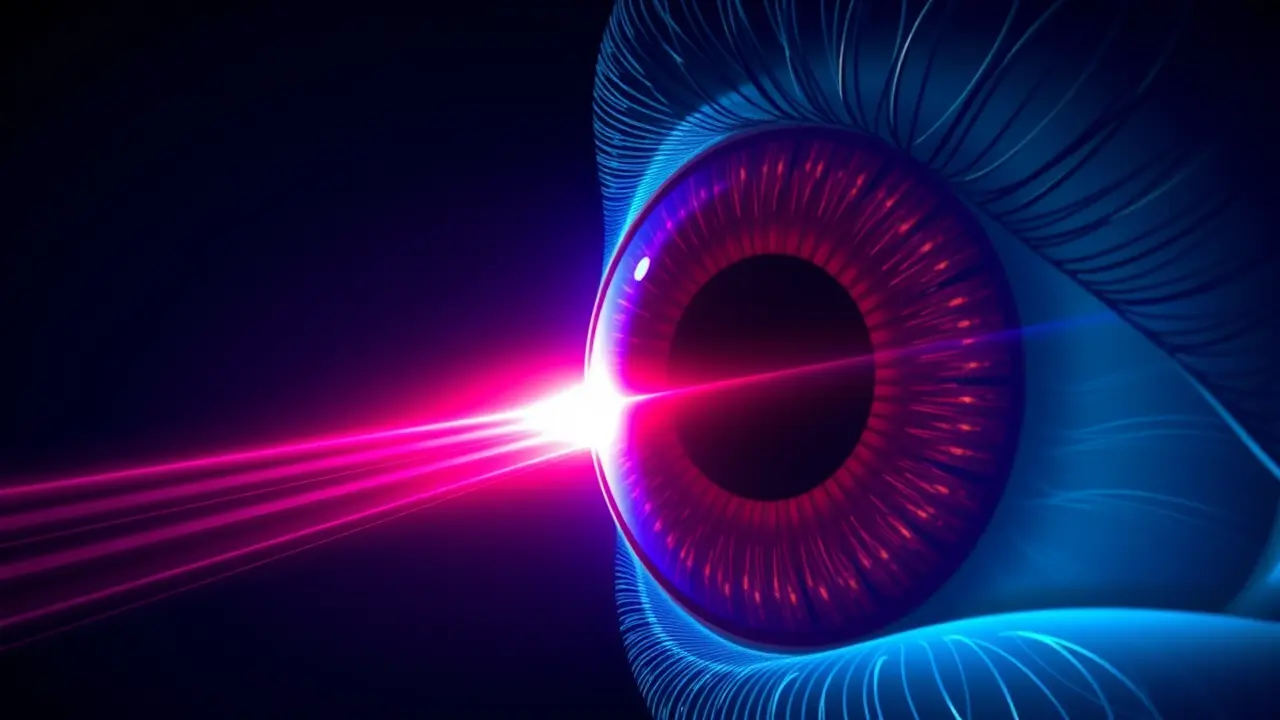
SciencemedicineMedical Technology
New laser treatment could stop blindness before it starts
KE
Kevin White
11 hours ago7 min read5 comments
In a development that feels pulled from the pages of a medical thriller, scientists at Finland's Aalto University have engineered a laser-based intervention that could fundamentally alter our approach to one of the world's leading causes of vision loss: dry age-related macular degeneration (AMD). This isn't a brute-force technology; it's a remarkably elegant solution that leverages the eye's own innate biological machinery.The treatment employs a precisely calibrated, low-energy laser to deliver gentle thermal stimulation to the retinal pigment epithelium (RPE), a crucial layer of cells that acts as both a support system and waste management crew for the light-sensitive photoreceptors. In dry AMD, this cellular maintenance system breaks down.Metabolic debris, known as drusen, accumulates like toxic waste between the RPE and the underlying choroid, slowly starving and poisoning the photoreceptors until central vision blurs and fades into a permanent blind spot. The traditional clinical stance has been one of grim resignation—monitor the progression and recommend dietary supplements, with no true therapy to halt the underlying disease process.This new laser approach, however, flips the script. Instead of attacking the drusen directly, the sub-thermal laser energy acts as a wake-up call, stimulating the RPE cells to ramp up their production of protective heat-shock proteins and supercharge their natural cleanup processes, essentially convincing the eye to heal itself.Think of it as a targeted workout for cellular janitors, enhancing their efficiency without causing damage. The implications are staggering.For the millions globally, particularly in aging populations across North America, Europe, and East Asia, who face the slow, inexorable threat of dry AMD, this could represent the first viable prophylactic treatment. It’s a shift from reactive management to proactive prevention.The research, while still in its advanced pre-clinical stages, builds upon earlier photobiomodulation concepts but refines them with a level of precision that avoids the collateral tissue damage which plagued previous laser attempts. The next frontier will be extensive human trials to establish optimal dosing and long-term efficacy.If successful, this technology could be integrated into routine ophthalmological care, a periodic 'maintenance session' to safeguard a patient's sight for decades. It also opens a fascinating new pathway in biotech: using subtle energy cues to modulate cellular housekeeping, a principle that could eventually be applied to other neurodegenerative conditions like Alzheimer's, where toxic protein aggregation is a similar hallmark. The work at Aalto is more than just a new procedure; it's a paradigm shift, moving us from a war against disease symptoms to a sophisticated dialogue with the body's own profound capacity for repair.
#featured
#laser treatment
#macular degeneration
#blindness prevention
#Aalto University
#medical breakthrough
#eye health
Stay Informed. Act Smarter.
Get weekly highlights, major headlines, and expert insights — then put your knowledge to work in our live prediction markets.
Related News
© 2025 Outpoll Service LTD. All rights reserved.





